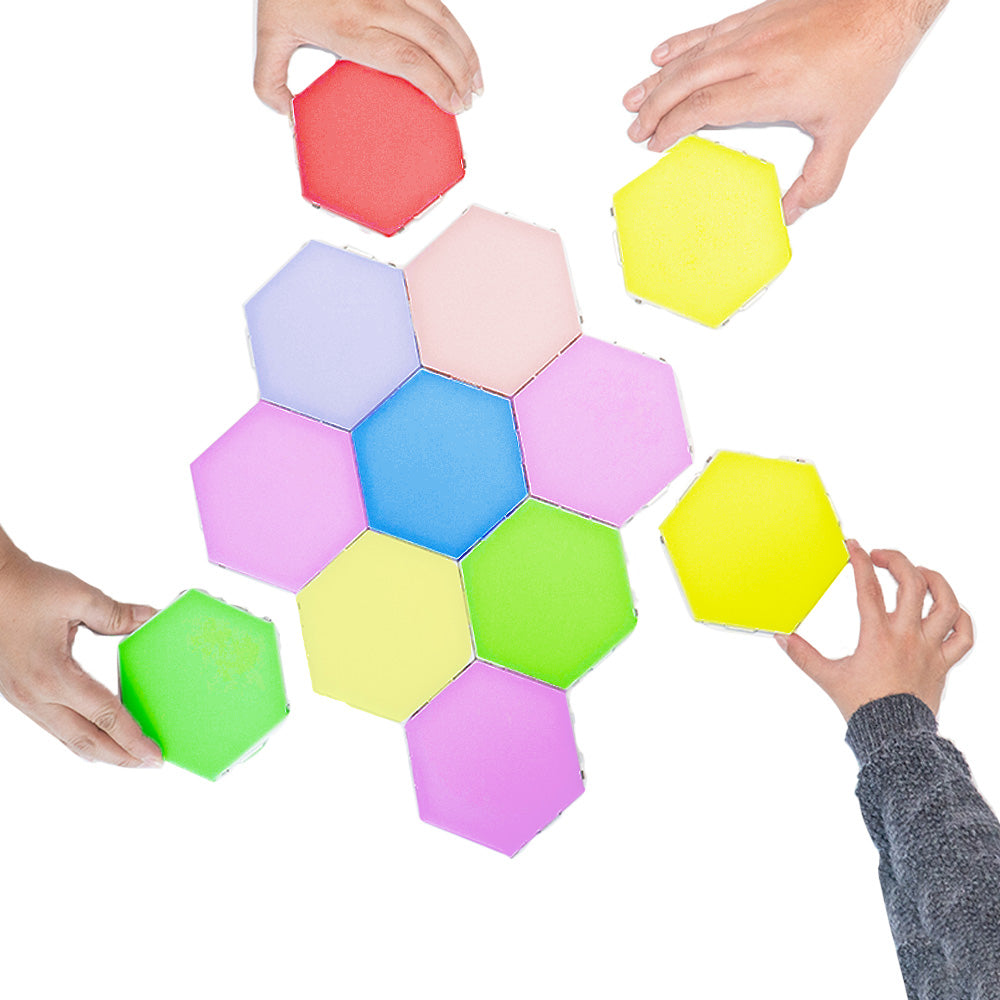Imagine a world where words are not at the tip of your tongue, where the simple act of expressing a need or a desire is a mountain too steep to climb. This is the everyday reality for many non-verbal children with autism, but it is a reality that the Picture Exchange Communication System (PECS) seeks to transform. PECS is not just a tool; it's a bridge to the world of communication, a lifeline thrown across the chasm of silence.

Developed in 1985 by Andy Bondy, PhD, and Lori Frost, M.S., CCC-SLP, PECS has evolved into an evidence-based practice that empowers individuals who have difficulty with traditional spoken language. Through the exchange of pictures, users of PECS can articulate their thoughts and feelings, making concrete strides in their ability to interact with the world around them.
At its core, PECS is a six-phase program designed to teach non-verbal children how to communicate using pictures. It begins with teaching the child to exchange a picture for an object and gradually progresses to forming sentences and even commenting on their environment. This incremental approach respects the individual's pace of learning and builds confidence with each new step.
Parents, caregivers, and educators often report significant improvements in the child's social interactions and overall behavior once they begin using PECS. This is not surprising, considering the frustration that can come from being unable to express oneself. PECS offers a tangible way to reduce this frustration by providing a means to self-advocate and connect with others.
However, the success of PECS doesn't solely rest on the shoulders of the system itself; it requires commitment and consistency from everyone involved. Training and support are crucial components, as is the willingness to embrace this visual form of communication as a valid and valuable voice for the child.
One of the most poignant aspects of PECS is its ability to reveal the personality and preferences of a child. As they learn to request their favorite toys or activities, their unique likes and dislikes come to the forefront, painting a picture of who they are beyond their diagnosis.
It's important to note that PECS is not a one-size-fits-all solution. Each child with autism is unique, and so too is their journey with PECS. Some may take to the system quickly, while others require more time and patience. The key is to celebrate each milestone, no matter how small it may seem.
Integrating technology with PECS can further enhance the experience. There are apps and digital resources that complement the physical exchange of pictures, catering to the tech-savvy generation and making the system even more accessible.
As we delve deeper into the evaluation of PECS, we cannot overlook the research that backs its effectiveness. Studies have shown that PECS can lead to gains in social-communicative skills, as well as a decrease in problematic behaviors often associated with the inability to communicate.
Yet, PECS is more than just an academic subject to be studied; it's a lifeline for families. The joy on a parent's face when their child communicates a want or need for the first time is a testament to the power of PECS. It's a moment of profound connection that words cannot fully capture.
While PECS is a powerful tool, it's important to remember that it's part of a broader strategy. It works best when combined with other therapies and interventions tailored to the child's needs. This holistic approach ensures that the child is supported in all areas of their development.

Discover how Forbrain can enhance neural development and speech clarity
As we embrace the potential of PECS, it's essential to continue the conversation about how best to support non-verbal children with autism. Resources like Bright Autism's blog, which provides insights and stories, or their collections of tools and toys, can offer additional support and ideas for parents and educators.
In a world where communication is so often taken for granted, systems like PECS remind us of the power of a voice, even if that voice is expressed through pictures. It's a reminder that everyone deserves to be heard, to express their needs, and to connect with the world around them. Let us continue to champion the tools that give non-verbal children with autism the opportunity to share their thoughts, dreams, and desires. After all, communication is not just about words; it's about making connections, and every child deserves that chance.










Leave a comment